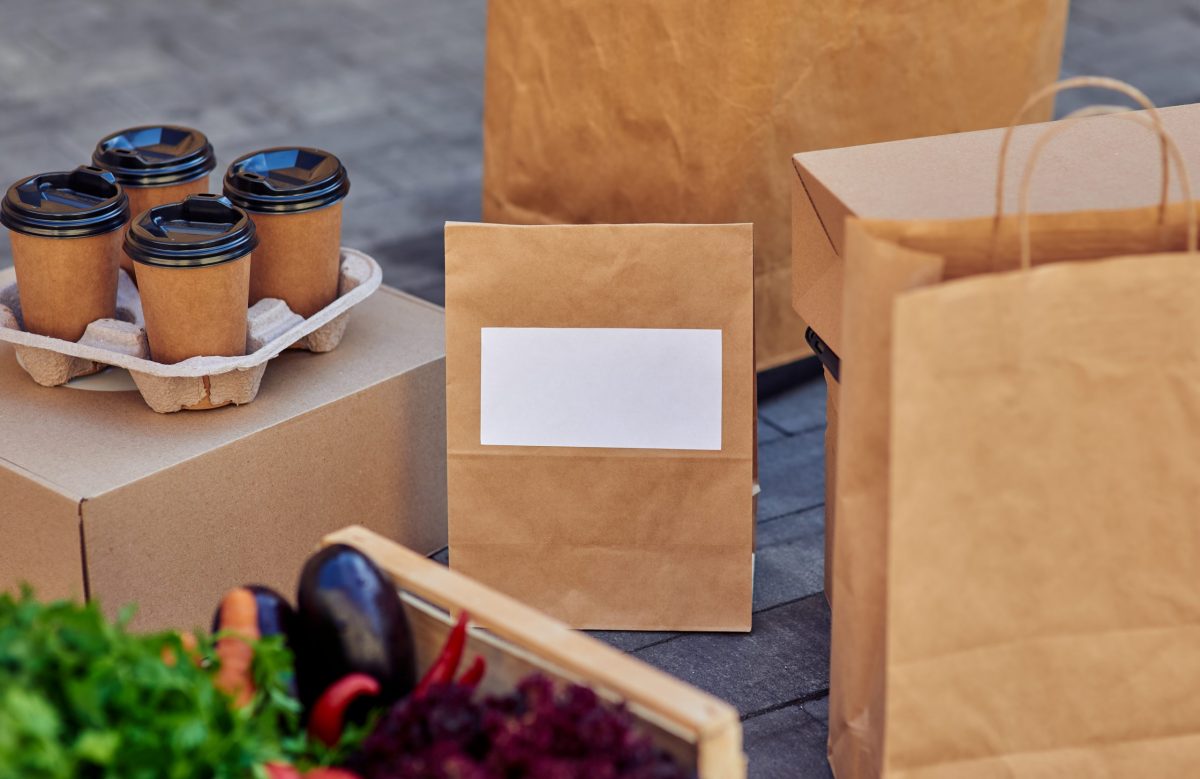Scoping review assesses state-of-the-art of paper and cardboard food packaging safety assessment; maps sample preparation approaches, challenges, and factors influencing chemical migration; provides guidance to develop and evaluate standardized sample preparation methods
In a review article published on July 25, 2022, in the journal Comprehensive Reviews in Food Science and Food Safety, Athanasios Kourkopoulos and co-authors from Maastricht University, the Netherlands, evaluated the currently applied sample preparation methods and challenges of paper and cardboard safety assessment with a focus on the European Union (EU) as well as proposed guiding principles to move forward.
At the EU level, food contact materials (FCMs) are generally regulated under the EU Framework Regulation EC 1935/2004 but specific, harmonized legislation for paper and cardboard FCMs is lacking. Some national legislation exists but they differ among the Member States (FPF resources). By performing a scoping review, Kourkopoulos and co-authors aimed to answer a set of questions that they address in their article one after another. Questions cover the current state and approach of the regulatory framework of non-harmonized FCMs in the EU and of sample preparation procedures for paper and cardboard for safety assessment including current challenges. Besides these, the authors investigated parameters influencing sample preparation and propose a set of parameters that “can be followed for the development and evaluation of sample preparation procedures for effect directed assessment strategies.” One reason why they were focusing on sample preparation is that the way it is performed largely influences the outcome of the overall safety assessment.
To map the existing knowledge and research in the field, the scientists assessed references identified by backward snowballing (i.e., use a reference list to identify new papers to include) and those found by searching PubMed, ScienceDirect, Taylor & Francis, and Web of Science databases using previously defined keywords. Literature meeting their eligibility criteria was included in the scoping review.
The authors summarized that studies on FCM paper and board have used a wide variety of sample preparation techniques (e.g., different migration/extraction solvents, times, and temperatures) leading to low comparability between studies. A further challenge they discussed is the compatibility of sample preparation conditions with in vitro bioassays to assess the effects of migrating or extractable chemical mixtures. If not compatible “misleading false positive or negative responses” could occur. The researchers highlighted that the selectivity and sensitivity of in vitro bioassays would already need to be accounted for when planning the sample preparation procedure. Based on the outlined challenges, Kourkopoulos et al. provide a decision tree helping to select the appropriate sample preparation procedure when combined with in vitro bioassays and chemical analysis and to consider all important parameters.
The scientists proposed three principles to assist in evaluating the impacts of sample preparation on the samples used in chemical analysis and in vitro bioassays: (i) “identity” (i.e., migration of chemical under real use conditions), (ii) “compatibility” (i.e., extraction medium suitable for planned subsequent bioassays), and (iii) “concentration” (i.e., chemical concentration applied to bioassay and chemical analysis should correspond or not below than those deriving from real interaction of a FCM with food). An example of a poor “identity” (i) was reported by a study published in 2020 looking at PFAS in paper and board packaging and reporting that dry food simulant Tenax® can lead to a significant underestimation of chemical migration into foodstuffs (FPF reported).
Concerning parameters influencing chemical migration, Kourkopoulos et al. summarized that two migration mechanisms need consideration, gas phase migration, and contact diffusion. They further reported that material thickness, grammage (i.e., paper mass per unit area of paper surface), temperature and food simulants affect migration while pulp content does not. It is also emphasized that paper and cardboard swelling may change and even increase chemical migration.
Kourkopoulos and co-authors concluded that these outlined parameters and challenges need to be acknowledged in the development of standardized sampling preparation methods for the safety assessment of paper and board FCMs. They recommended further research that uses procedures and conditions proposed in the EU FCM Regulation (EC) 10/2011 for plastics and by European Standards (EN protocols) as starting points to then perform “exhaustive extraction and migration studies” to gain an overview of the chemicals potentially migrating from these materials and to further optimize sample preparation approaches. Eventually, the authors think that improved sample preparation procedures can also help to improve analytical techniques and with this “contribute to the enhancement of the effectiveness and reliability of FCMs risk assessment.”
A review published in 2021 assessed chemical migration into dry food and reported a higher migration from paper and board than plastic FCMs (FPF reported). The Food Packaging Forum’s fact sheet on paper & board provides a brief overview of material properties, chemical safety, and end-of-life options including recycling.
Packaging 360 is a comprehensive knowledge sharing ecosystem for the Indian packaging industry. Our services include an online content platform to deliver news, insights and case studies; organising conferences seminars and customised training; Providing Bespoke Project Consulting, Market Research and Intelligence.







